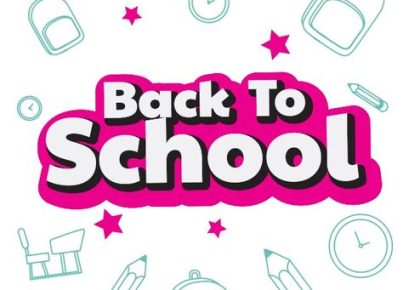As a teacher, you work hard to shape the minds of the next generation. However, making sense of your own teacher paycheck can be confusing. This article will walk you through the process of understanding your teacher paycheck, so you can focus on what matters most – educating your students.
1. Start by knowing your gross pay
Your gross pay is your total earnings before any deductions are taken out. This amount is likely indicated at the top of your paycheck as “Gross Pay” or “Total Earnings.” It’s important to recognize that this amount is different from your take-home pay, as taxes and other deductions will be removed from it.
2. Identify all deductions
Deductions are amounts that are subtracted from your gross pay. There are two main categories of deductions: pre-tax and post-tax.
Pre-tax deductions are expenses taken out of your paycheck before taxes are calculated, reducing your taxable income. Some common pre-tax deductions include health insurance premiums, retirement contributions (such as a 401(k) plan), and flexible spending accounts for medical or dependent care expenses.
Post-tax deductions are expenses taken out after taxes have been calculated. These may include union dues, life insurance premiums, disability insurance, and charitable donations made through payroll deduction.
3. Understand federal and state income taxes
Your teacher paycheck will have both federal and state income taxes withheld based on your wages and filing status (single, married, head of household, etc.). The amount withheld for each tax depends on the information provided on your W-4 form when you were hired or when you last updated it.
4. Social Security and Medicare taxes
In addition to income taxes, Social Security and Medicare taxes (also known as FICA taxes) are automatically withheld from each paycheck and account for 7.65% of your gross pay (6.2% for Social Security and 1.45% for Medicare).
5. Know your net pay
After all your deductions and taxes have been accounted for, the remaining amount on your paycheck is your net pay, which is sometimes referred to as “take-home pay.” This is the actual amount you’ll receive via direct deposit or check. Make sure to compare this amount to your budget and expenses, ensuring you’re on track with your financial goals.
6. Examine other relevant information
Aside from monetary amounts, your teacher paycheck may also contain the number of sick days or personal days accrued and taken, your year-to-date earnings, and any additional benefits you may be entitled to as part of your employment.
By understanding each element of your teacher paycheck, you can confidently plan for the future and make informed financial decisions. Remember to review each paycheck for accuracy and consult with a financial professional or human resources representative if you have any questions or concerns.





